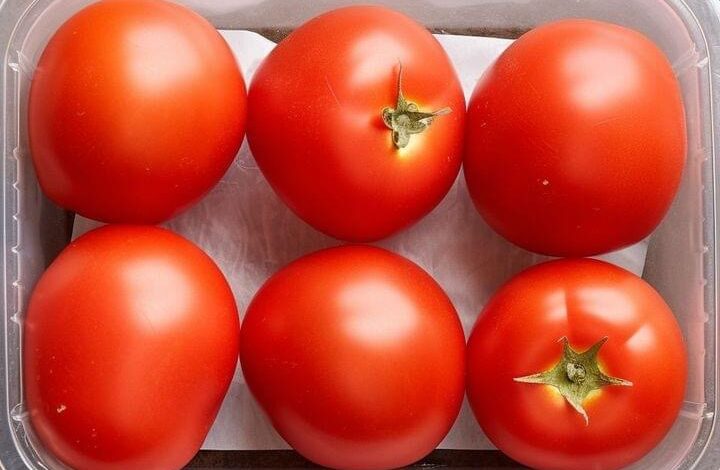
How to properly store tomatoes so they last a really long time
Tomatoes are incredibly versatile and are used in a multitude of culinary dishes. Whether you’re incorporating them into salads, sauces, or sandwiches, knowing the proper techniques to store tomatoes is crucial to maintain their freshness, flavor, and nutritional value.
Cherry Tomatoes and Grape Tomatoes:
Cherry and grape tomatoes are delicate and susceptible to damage. Follow these steps to store them effectively:
- Room Temperature: If you plan to consume them within a day or two, keep them at room temperature on a countertop, away from direct sunlight.
- Refrigeration: For longer storage, place cherry or grape tomatoes in a perforated plastic bag or shallow container in the refrigerator’s crisper drawer to maintain optimal humidity levels.
Roma Tomatoes (Paste Tomatoes):
Roma tomatoes are perfect for sauces and canning. Proper storage is essential for their quality:
- Room Temperature: Keep unripe Roma tomatoes at room temperature until they ripen. Once ripe, store them in the refrigerator for up to a week.
- Refrigeration: If you have ripe Roma tomatoes, store them in a plastic bag in the refrigerator’s crisper drawer, ensuring not to stack them to prevent bruising.
Beefsteak and Heirloom Tomatoes:
These larger, juicy tomatoes are commonly used for sandwiches and slicing. Preserve their flavor and texture with these storage tips:
- Room Temperature: Store beefsteak and heirloom tomatoes at room temperature until they ripen to enhance their flavor.
- Refrigeration: Once fully ripe, move them to the refrigerator’s crisper drawer. However, aim to consume them within a few days to maintain their texture.
Green Tomatoes:
Green tomatoes, often used in frying and pickling, require specific care:
- Ripening: To ripen green tomatoes, place them in a paper bag with a ripe banana or apple to speed up the process.
- Room Temperature: Once ripe, store green tomatoes at room temperature briefly or transfer them to the refrigerator to slow down ripening.
Regular Tomatoes:
Regular tomatoes are versatile and used in various culinary purposes. Here’s a specialized storage technique:
Directions:
- Place a storage container on the countertop away from direct sunlight and line it with paper towels.
- Arrange regular tomatoes upside-down (stem-side down) in a single layer inside the container, ensuring they are not overcrowded.
- Check the tomatoes daily, discarding any that are leaking liquid or have mold spots to prevent spoilage.
General Tips for Tomato Storage:
- Handle with Care: Always handle tomatoes gently to avoid bruising.
- Check Regularly: Inspect stored tomatoes for signs of overripening, mold, or decay.
- Avoid Moisture: Ensure proper ventilation in storage containers to prevent moisture buildup.
- Keep Them Separated: Store different tomato types separately to preserve their unique characteristics.
- Use Within Time: Try to use tomatoes within a few days for the best flavor and texture.
- Freezing: Consider freezing ripe tomatoes for later use in airtight containers or freezer bags after blanching and peeling.
In conclusion, proper tomato storage methods can significantly prolong their shelf life and maintain their quality. By following these guidelines, you can enjoy fresh and flavorful tomatoes for an extended period.





